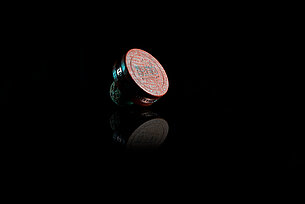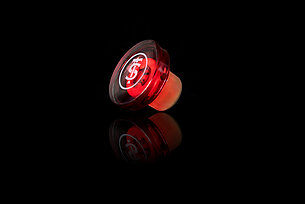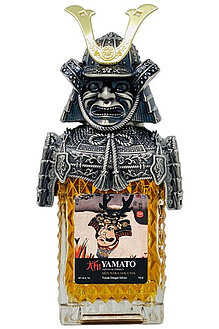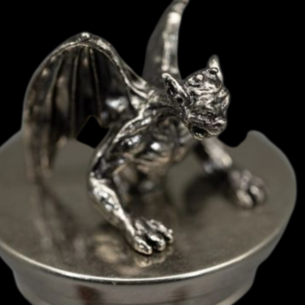Latest news and insights
Unveiling the science & art behind well-fitted closures, corks, and caps for alcoholic beverages
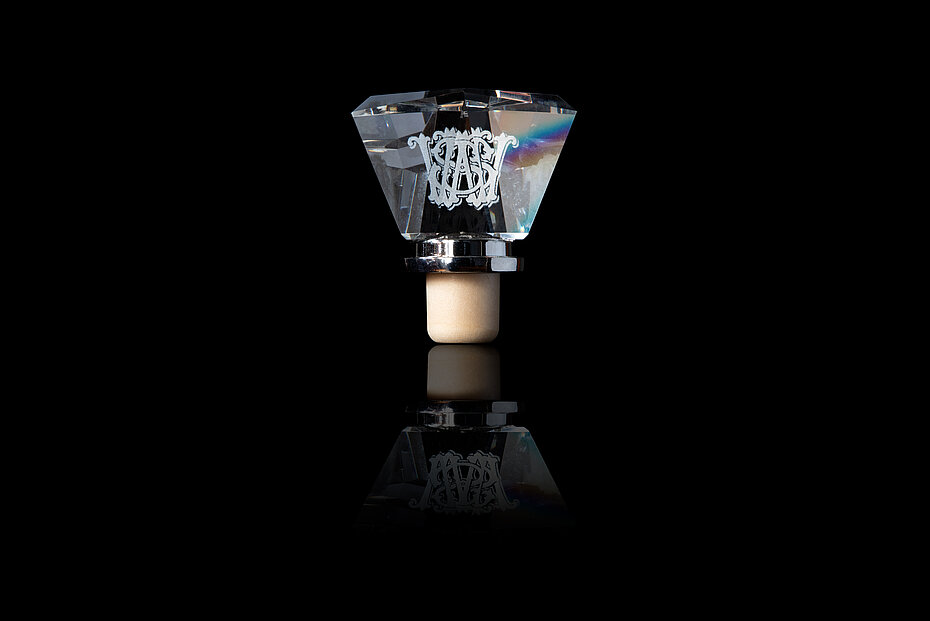
As spirit and liquor companies pursue perfection in a very competitive industry, they need to ensure that the bottle manufacturers supplying them with premium custom-made bottles have mastered the science and art behind the closure.
Meticulous sealing techniques between the “finish” (the mouth of the bottle’s neck), and the “closure” (cork or cap) are required to guarantee 100% leak-free bottles and untainted product…without leaving aesthetics behind.
Can both science and art be combined to provide consumers with an optimal experience from a noteworthy bespoke bottle? Leading bottle manufacturing companies, such as French-owned Rockwood Glass in Shanghai have R&D specialists and design teams who work together to achieve commendable results.
The evolution of closure-making techniques:
The history of bottle closures traces back centuries, with a pivotal moment attributed to the monk Dom Pérignon in the 17th century. Dom Pérignon, a Benedictine monk, is often credited with the development and popularization of cork closures for sparkling wine bottles. His innovative use of cork, secured by hemp and wire, helped preserve the effervescence in the emerging world of Champagne. This marked the beginning of a transformative era for bottle-sealing methods.
Going back a century, capping faced challenges due to the significant tolerances of glass and ceramic inner mouths. Tolerances refer to the acceptable variations in the dimensions of the bottle's neck and mouth, typically specified as +/-0.5mm. This narrow margin allows for consistent and snug fits, preventing any potential leakage. Similarly, ceramic closures, including corks and caps, adhere to the same stringent tolerances of +/-0.5mm, ensuring a reliable seal. The application of such precise measurements is crucial to maintaining the integrity of the bottle's contents, assuring consumers that the seal is both effective and consistent, whether it be for glass or ceramic bottles.
Old factories utilized silicone corks with flaps to compensate for these variations, but these were not good enough. Over time, innovations such as the adoption of screw caps in the late 19th century and advancements in materials and manufacturing techniques have continually refined the art and science of bottle closures, providing a diverse array of options that cater to the unique needs of different beverages.
More innovative approaches used by Rockwood Glass, for example, have involved a shift in technique: drilling the inner mouth of the bottle. This not only allows for tolerances below 0.05mm in ceramic but also eliminates any potential leakage from the corks.
Bottle closure issues and R&D breakthroughs
Years ago, quality control specialists at Rockwood Ceramics noticed a leakage problem across approximately 1% of spirits and liquors bottled in ceramic. This prompted extensive research and development to help determine the ideal combination of clay material for the prevention of leaks. Rockwood ended up opting for a clay composition closer to that of porcelain, as opposed to the more porous ceramic commonly found in South America for example. Rockwood began collaborating with labs in France to help develop cutting-edge techniques and usher in a new era of reliability and aesthetics for bottle closures. The improved clay density in combination with raising kiln baking levels by 200 degrees Celsius, led to zero leakage and 100% closure precision, thus exceeding industry standards.
All-encompassing craftsmanship and sophistication in bottle closures
In passing from the science to the art, designers keep in mind that caps and corks should be harmonious with the architecture of each custom bottle. Luckily, closures come in all shapes and sizes and can be made of glass, ceramic, wood, metal, or plastic. What does this mean for liquor and spirit companies? Their closures can be as unique as the liquid and the bottles that they seal. Minimalist statements, eccentric designs, or decorated with embossed, debossed, or printed forms.
For the actual shank (cork) material, there is the option of natural cork, synthetic, and micro-agglomerate. These are decided upon depending on elements such as the type of liquid being stored (carbonated or not), the specificities of the bottle neck, pricing restrictions, etc.
In conclusion, crafting the perfect seal involves a delicate balance of art and science. Precision is key, from meticulous drilling techniques for custom glass and ceramic bottles to groundbreaking R&D endeavors addressing quality issues. With innovative capping techniques and structurally enhanced caps, top bottle manufacturers offer not just a closure but a unique feature, and a seamless experience that ensures the ultimate protection of spirits and liquors for the end consumer.
* Will your bottles be used for serving customers in clubs and bars? Rockwood’s designers work closely with its company’s engineers and technicians to create a built-in spout for your final product.
Rockwood's closures Learn more about Rockwood's glass & ceramic bottles and botting services

